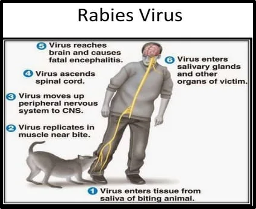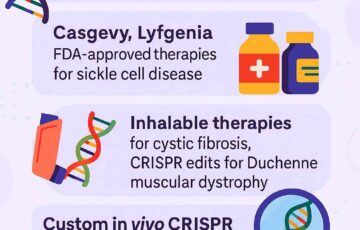Rabies Threat Persists Despite Medical Advances
Why in the news?
A recent rabies death in Kerala emphasises the ongoing global struggle against rabies, despite available vaccines, highlighting the critical need for awareness, education, and vaccination.
Rabies: A Public Health Challenge
- Rabies remains a severe public health issue with a nearly 100% fatality rate once symptoms appear.
- A May 2024 incident in Kerala, where a boy died from rabies, highlighted the need for immediate vaccination post-bite.
- Despite modern medical advances, rabies continues to pose significant risks worldwide.
Pasteur’s Contribution to Rabies Treatment
- The 19th century marked a breakthrough with the germ theory, leading Louis Pasteur to develop a rabies vaccine in the 1880s.
- Pasteur’s vaccine involved using weakened rabies viruses to stimulate the immune system.
- In 1885, Pasteur’s successful vaccination of a boy bitten by a rabid dog established his role in modern medicine.
Modern Solutions and Collaborative Efforts
- India accounts for 33% of global rabies deaths, with 96% caused by dog bites.
- Newer vaccines and immunoglobulin treatments are critical for post-exposure prophylaxis (PEP).
- The “One Health” approach integrates veterinary, medical, and environmental sectors to control rabies, with a goal of zero rabies deaths by 2030 through better surveillance and intersectoral coordination.
About Rabies:
- Rabies is a vaccine-preventable viral disease caused by the RABV virus, affecting the central nervous system.
- Transmission occurs mainly through bites or saliva from infected domestic dogs (99% of cases) or wild animals.
- Over 95% of human deaths from rabies occur in Asia and Africa.
Symptoms:
- Initial symptoms: lethargy, fever, vomiting, anorexia.
- Progresses to cerebral dysfunction, paralysis, excessive salivation, and aggressive behaviour.
- Once symptoms appear, rabies is nearly 100% fatal.
Prevention and Treatment:
- Vaccination of dogs is the most effective prevention method.
- Post-exposure prophylaxis (PEP), including wound care, rabies immune globulin (HRIG), and vaccines, must be administered immediately after exposure.
National Rabies Control Programme (NRCP) Highlights:
- Rabies is a zoonotic, 100% fatal, but 100% vaccine-preventable disease.
- India accounts for 33% of global rabies deaths, mainly dog-mediated.
- Common vectors: domestic dogs (South Asia, Africa), bats, raccoons (USA).
- Symptoms: fever, confusion, hallucinations, difficulty swallowing, excessive salivation.
- Death occurs within 4-14 days due to cardio-respiratory failure.
Key Initiatives:
- World Rabies Day: Celebrated on September 28, marking Louis Pasteur’s contributions.
- NAPRE 2030: Aims to eliminate dog-mediated rabies in India by 2030 using a One Health approach.
Associated Article:
https://universalinstitutions.com/decoding-rabies-transmission-a-16-year-tanzanian-study/





